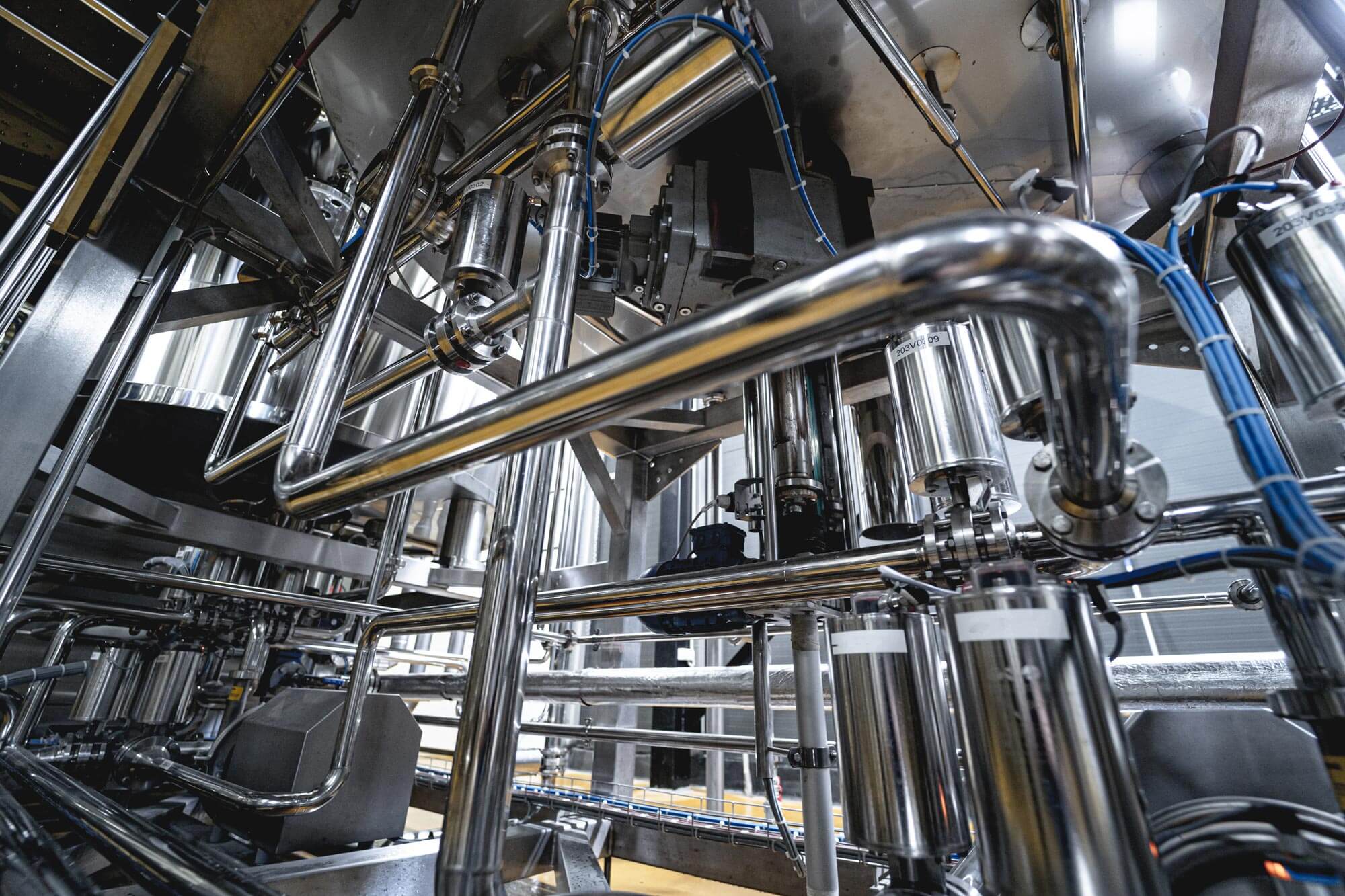Exactly How Warmth Transfer Fluid Contributes to Lasting and Affordable Procedures
In the contemporary industrial landscape, the role of warmth transfer fluids (HTFs) in advertising sustainable and cost-efficient procedures can not be overstated. These liquids are crucial in enhancing thermal management systems, thereby dramatically boosting energy efficiency and minimizing operational prices. heat transfer fluid. The environmental benefits of sophisticated HTFs, with their high thermal stability and low toxicity, are obvious.
Understanding Warmth Transfer Fluids
In the world of thermal monitoring, warmth transfer fluids (HTFs) offer as essential agents for transferring thermal energy from one location to another. These liquids play a critical duty in numerous industrial applications, including chemical processing, power generation, and HVAC systems.
The make-up of warmth transfer liquids can differ substantially, including alternatives such as mineral oils, synthetic oils, glycols, and molten salts. Each kind provides distinct benefits, such as improved thermal stability, reduced thickness, and high boiling factors, which are picked based on certain functional needs. The choice of HTF impacts not only the effectiveness of heat transfer however likewise the durability and safety and security of the system in which it is utilized.
As markets remain to innovate, the growth of sophisticated HTFs, characterized by their boosted thermal conductivity and lowered ecological impact, is important for meeting the needs of modern-day thermal administration challenges.

Enhancing Power Performance

Improving power efficiency has actually become a vital problem throughout numerous sectors, triggering a better exam of warmth transfer liquids' function in enhancing thermal administration systems. These liquids are integral to maintaining the desired temperature level in procedures, therefore decreasing energy waste and enhancing overall system performance. By picking an ideal warmth transfer liquid, markets can significantly improve their energy efficiency, causing minimized energy consumption.

Advanced solutions of warmth transfer fluids have been developed to withstand extreme temperatures while preserving security and performance. These advancements extend the functional lifespan of the liquid, decreasing the frequency of replacements and energy-intensive maintenance activities. The usage of synthetic or bio-based fluids supplies extra advantages in terms of decreased ecological effect, lining up with worldwide sustainability goals. Consequently, boosting energy effectiveness through optimal heat transfer fluid option is not only a technological necessity yet also an ecological vital.
Minimizing Functional Prices
Operational costs are a considerable consideration for markets seeking to preserve affordable benefit, and the you could try this out selection of heat transfer fluid plays a critical role in cost management. Choosing a proper warmth transfer liquid can result in significant price financial savings by boosting system performance and decreasing energy consumption. High-performance liquids decrease thermal deterioration, which consequently lowers the regularity of liquid replacement and downtime related to upkeep, consequently decreasing functional costs.
Additionally, about his warmth transfer liquids with remarkable thermal security and rust resistance extend the life-span of tools. This lowers the demand for regular repair services and replacements, which can be costly and turbulent to operations. By purchasing premium fluids, industries can attain long-lasting decreases in maintenance costs and boost the integrity of their systems.
Furthermore, progressed heat transfer fluids usually display reduced viscosity at operating temperature levels, which enhances pump performance and lowers energy use in fluid circulation. Several modern heat transfer liquids are crafted to run effectively over a broad temperature level array, reducing the requirement for several liquid types, thus simplifying supply requirements and minimizing linked costs.
Environmental Effect Reduction
The push towards lowering ecological impact has obtained energy in markets leveraging warm transfer fluids. Warmth transfer liquids (HTFs) play an essential role in this transition, supplying chances to enhance power effectiveness and decrease exhausts - heat transfer fluid.
Additionally, using advanced warmth transfer fluids adds to enhanced system efficiency, reducing the total energy consumption. This decrease not only causes cost financial savings but additionally reduces co2 discharges, aiding in the battle versus climate modification. Fluids that are eco-friendly and recyclable additionally boost sustainability efforts, as they lessen waste and promote round economic situation methods.
In addition, integrating HTFs right into closed-loop systems avoids fluid loss and contamination of the surrounding setting. This approach makes certain Website that fluids are recycled, reducing the need for brand-new resources and limiting waste generation. By welcoming these environmentally aware techniques, sectors can dramatically diminish their environmental influence while maintaining high functional efficiency, lining up with worldwide sustainability objectives and regulatory demands.
Selecting the Right HTF
Selecting the proper warm transfer liquid (HTF) is an important action in progressing ecological sustainability within commercial processes. The option of HTF straight affects system efficiency, energy consumption, and environmental effect. A perfect HTF must have a high thermal capacity, low viscosity, and high thermal conductivity to guarantee reliable warmth transfer. In addition, its stability over a broad temperature variety is vital to prevent degradation, which can result in enhanced discharges and waste.
When choosing an HTF, it is necessary to consider its compatibility with system products to prevent rust and chemical reactions. This guarantees longevity and lowers upkeep expenses. In addition, the liquid ought to be non-toxic and naturally degradable, lessening its environmental footprint and ensuring compliance with ecological laws. The lifecycle price of the HTF, including acquisition, procedure, and disposal, need to likewise be evaluated to make certain economic usefulness.
Conclusion
